Last updated:
Curd Adulteration: In the summer season, yogurt, considered super food, can be very beneficial for health. But if this curd is adulterated then it can also be harmful to health. In such a situation, with the help of some things available in the kitchen, you can easily find out whether yogurt is adulterated or pure.
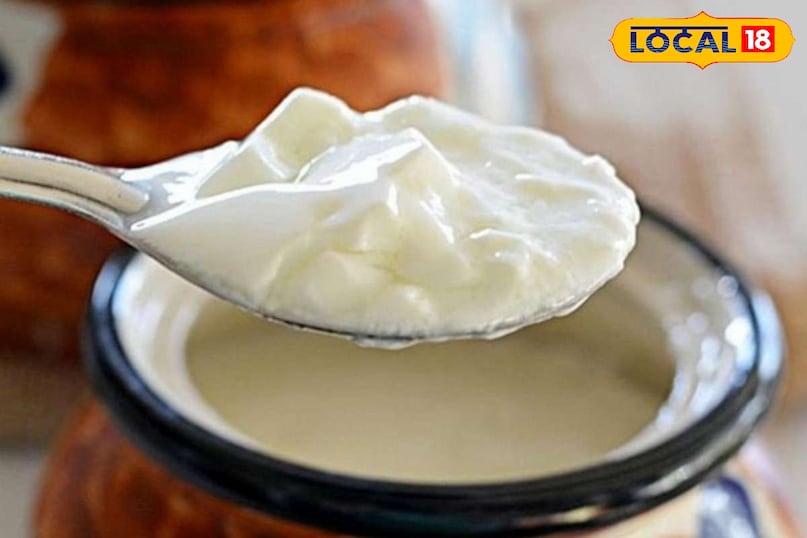
Yogurt is used in many ways during the summer season. Yogurt is used quite high in buttermilk, buttermilk etc. made from yogurt. In such a situation, adulterated yogurt can harm health.
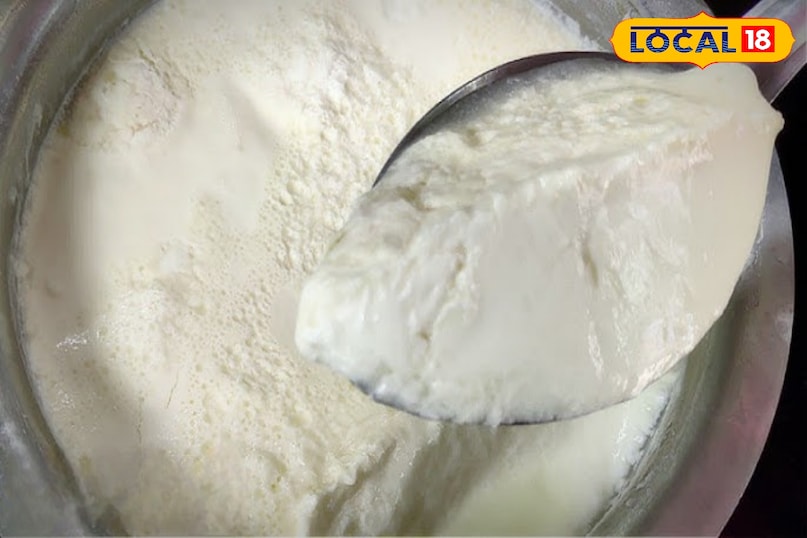
Hydrogenated oil or cheap vegetable oil is added to it to maintain the curd thick white and long. Such locks have a high amount of trans fatty acids. Which is very harmful for healthy.
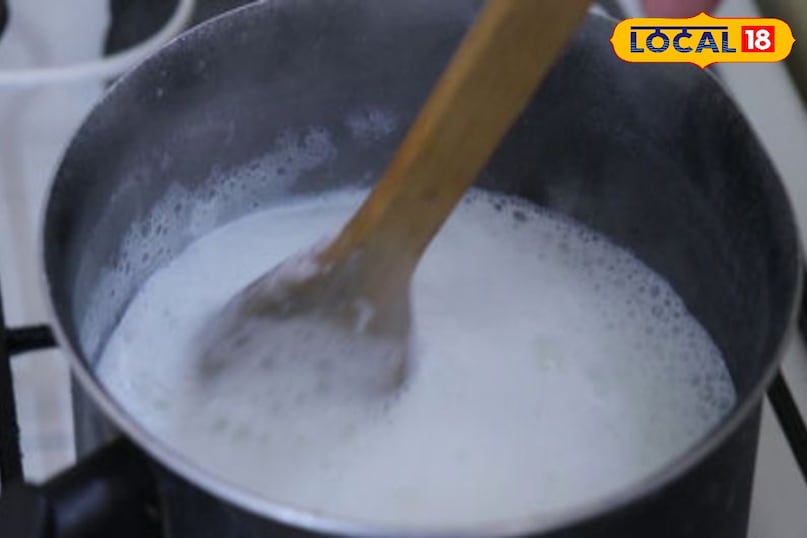
Apart from this, curd is also used by using synthetic milk or adulterated milk in some places. These milk are already used in these milk used as a hebty chemical like detergent starch urea or shampoo.
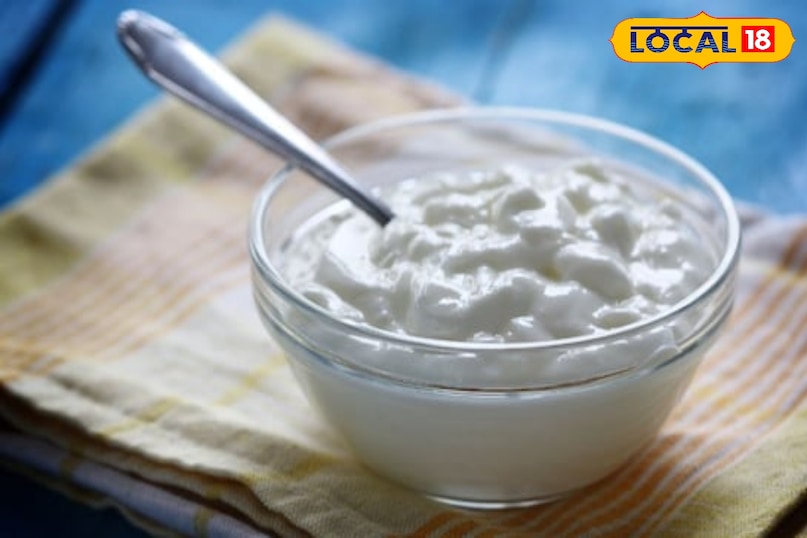
In such a situation, consuming such adulterated yogurt can cause a serious problem of stomach and liver. Apart from this, it can also affect the kidney.
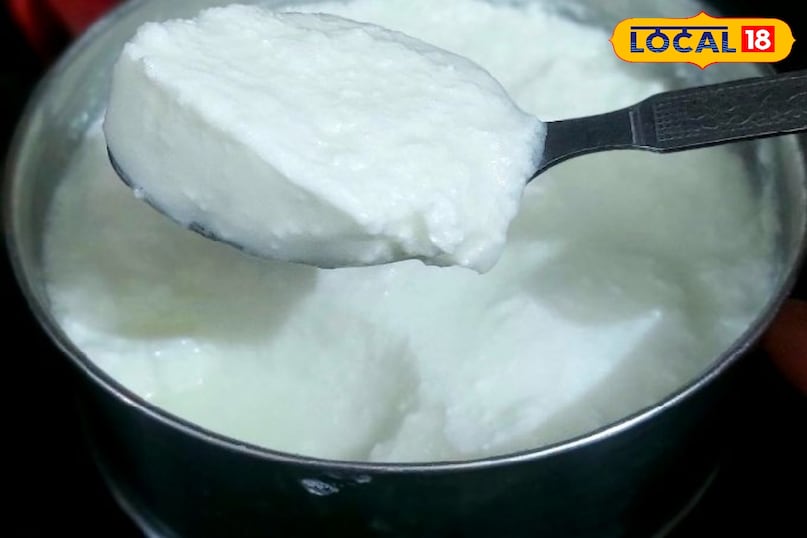
In such a situation, it is very important to know its purity before using curd. For this, we can use some easy tips. So that we can easily find out whether yogurt is adulterated or pure.
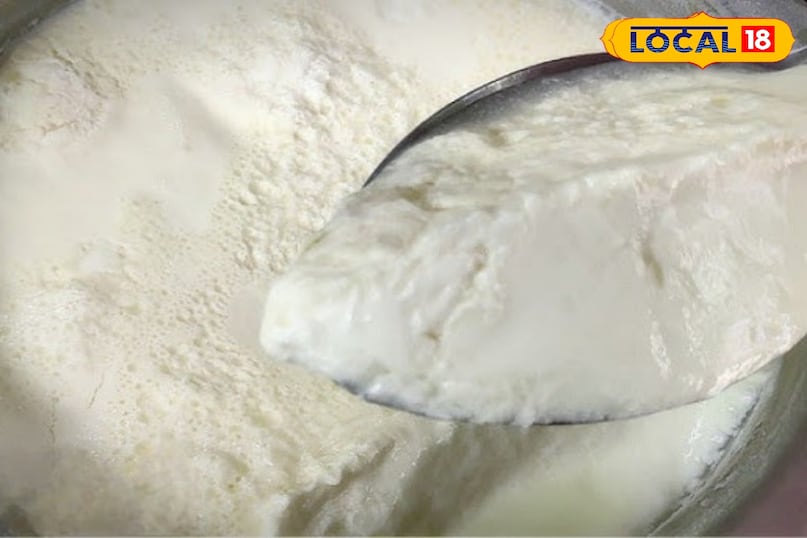
We can use our hands to identify the purity of yogurt. Before eating curd, if you put it in the middle of the finger and the thumb, it is rubbed. In such a situation, if the curd dissolves completely, then that curd is not adulterated. But if it is like a sticky pan chicken or soap, then that curd can be adulterated.

Apart from this, we can also identify by sniffing the curd whether this yogurt is pure or adulterated pure yogurt has sourness and a natural aroma, while if you do not feel any smell in the curd other than the smell of this method, then you can cause adulteration.
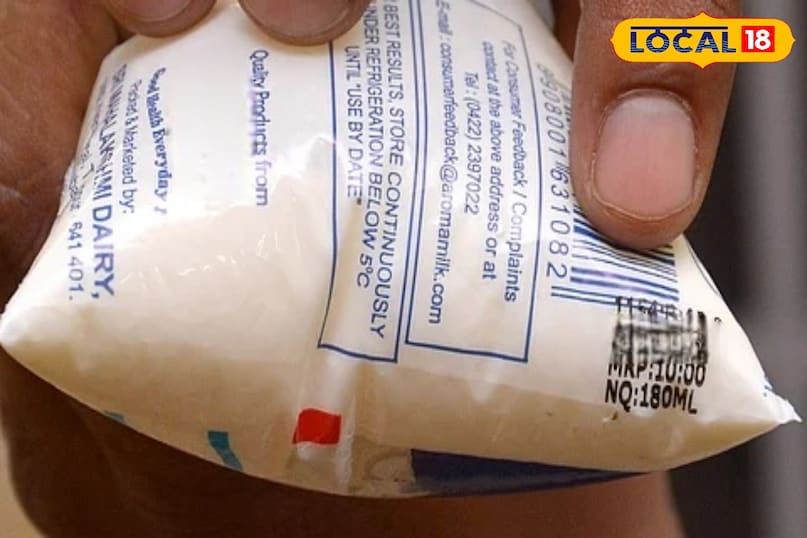
In such a situation, while buying curd, we also need to pay special attention to some things. It is very important to have FSSAI number on the packet of curd. Apart from this, while buying, we must check its manufacturing and expiry date.



